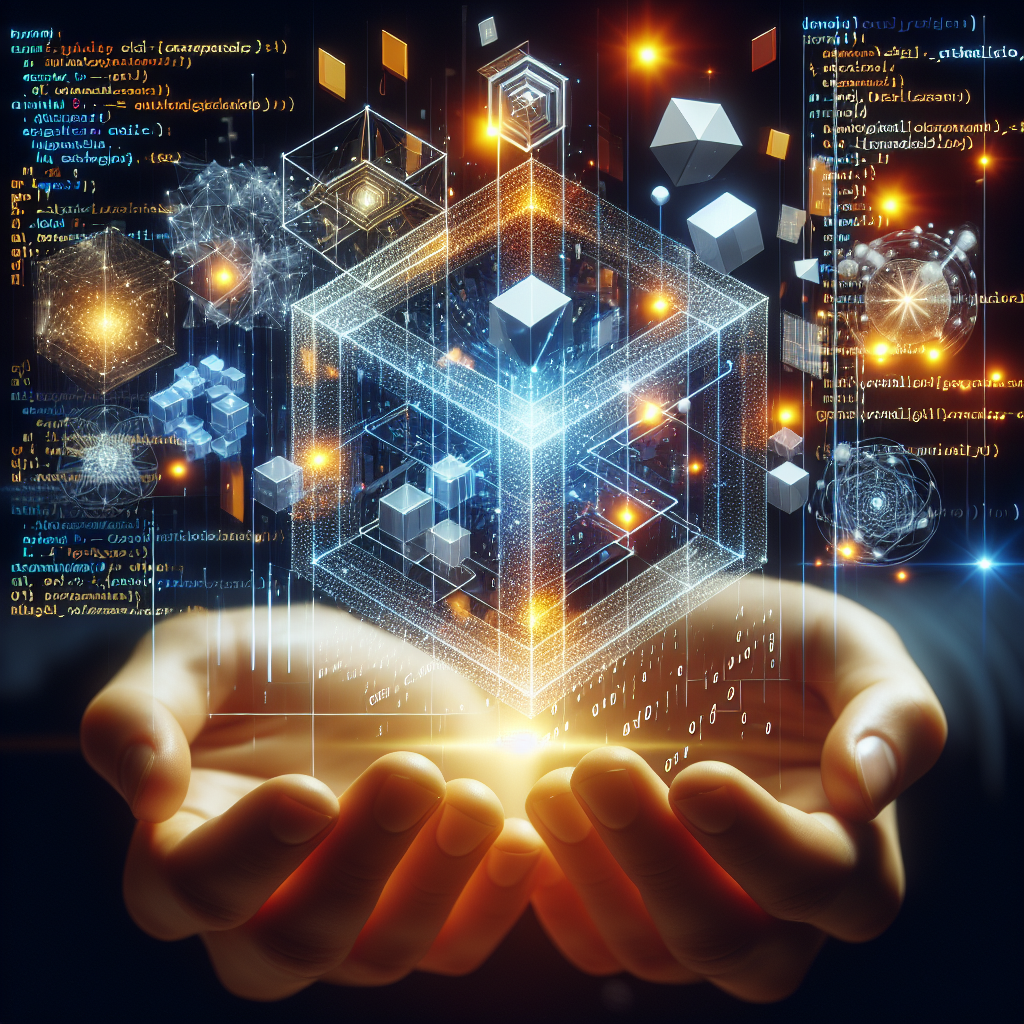With the rapid advancement of technology, Artificial Intelligence (AI) has become an integral part of our daily lives. From chatbots to self-driving cars, AI has revolutionized various industries, including design. AI-generated design solutions are quickly gaining popularity among designers and businesses for their ability to streamline the creative process, improve efficiency, and produce innovative designs.
Exploring AI-generated design solutions involves understanding how AI can assist designers in creating visually appealing and functional designs. Whether it’s generating color palettes, designing logos, or creating website layouts, AI has the potential to revolutionize the way designers work. In this article, we will delve into the world of AI-generated design solutions, exploring their benefits, limitations, and potential impact on the design industry.
Benefits of AI-Generated Design Solutions
1. Efficiency: One of the most significant benefits of AI-generated design solutions is their ability to streamline the design process. AI can quickly generate multiple design options based on specific criteria, saving designers hours of work. This efficiency allows designers to focus on more creative tasks and deliver projects faster.
2. Innovation: AI has the capability to generate unique and innovative design solutions that may not have been possible through traditional methods. By analyzing vast amounts of data and trends, AI can inspire designers with fresh ideas and unconventional design concepts.
3. Personalization: AI-generated design solutions can be customized to meet the specific needs and preferences of clients. By analyzing user data and feedback, AI can create designs that resonate with a target audience, leading to increased engagement and conversion rates.
4. Cost-Effective: AI-generated design solutions can help businesses save money by reducing the time and resources required to create high-quality designs. By automating repetitive tasks and generating designs quickly, businesses can lower their design costs and increase their profitability.
Limitations of AI-Generated Design Solutions
1. Lack of Creativity: While AI can generate designs based on predefined rules and parameters, it may struggle to produce truly original and creative designs that evoke emotional responses. Human designers bring a unique perspective and creativity to the design process that AI may not be able to replicate.
2. Interpretation of Data: AI relies on data to generate designs, which can sometimes lead to biased or inaccurate results. Designers must carefully curate and analyze the data inputs to ensure the AI-generated designs align with the project requirements and objectives.
3. User Experience: AI-generated design solutions may not always prioritize user experience and usability. Designers must carefully evaluate the AI-generated designs to ensure they meet the needs and expectations of the target audience.
4. Learning Curve: Implementing AI-generated design solutions requires a learning curve for designers who may be unfamiliar with AI technologies. Training and upskilling designers to effectively use AI tools can be time-consuming and costly for businesses.
Potential Impact on the Design Industry
AI-generated design solutions have the potential to revolutionize the design industry by empowering designers with advanced tools and capabilities. By automating repetitive tasks and providing innovative design solutions, AI can enhance the creative process and improve the quality of designs. However, the integration of AI into the design industry may also lead to job displacement and changes in the roles of designers.
FAQs
1. How does AI generate design solutions?
AI generates design solutions by analyzing vast amounts of data, trends, and patterns to create visually appealing and functional designs. AI algorithms can learn from past designs and user feedback to generate customized designs that meet specific criteria and objectives.
2. Can AI replace human designers?
While AI can automate certain design tasks and generate design solutions, it cannot replace the creativity, intuition, and emotional intelligence of human designers. Human designers bring a unique perspective and creativity to the design process that AI may not be able to replicate.
3. What are some popular AI-generated design tools?
Some popular AI-generated design tools include Adobe Sensei, Canva, Tailor Brands, and RunwayML. These tools use AI algorithms to assist designers in creating logos, layouts, color palettes, and other design elements.
4. How can businesses benefit from AI-generated design solutions?
Businesses can benefit from AI-generated design solutions by saving time and resources, improving efficiency, increasing innovation, and enhancing personalization. AI-generated designs can help businesses create visually appealing and engaging designs that resonate with their target audience.
In conclusion, AI-generated design solutions offer a wide range of benefits, including efficiency, innovation, personalization, and cost-effectiveness. While AI may have limitations in terms of creativity, data interpretation, user experience, and learning curve, its potential impact on the design industry is significant. By embracing AI technologies and leveraging AI-generated design solutions, designers and businesses can enhance their creative process, improve the quality of designs, and stay ahead of the competition in a rapidly evolving digital landscape.

